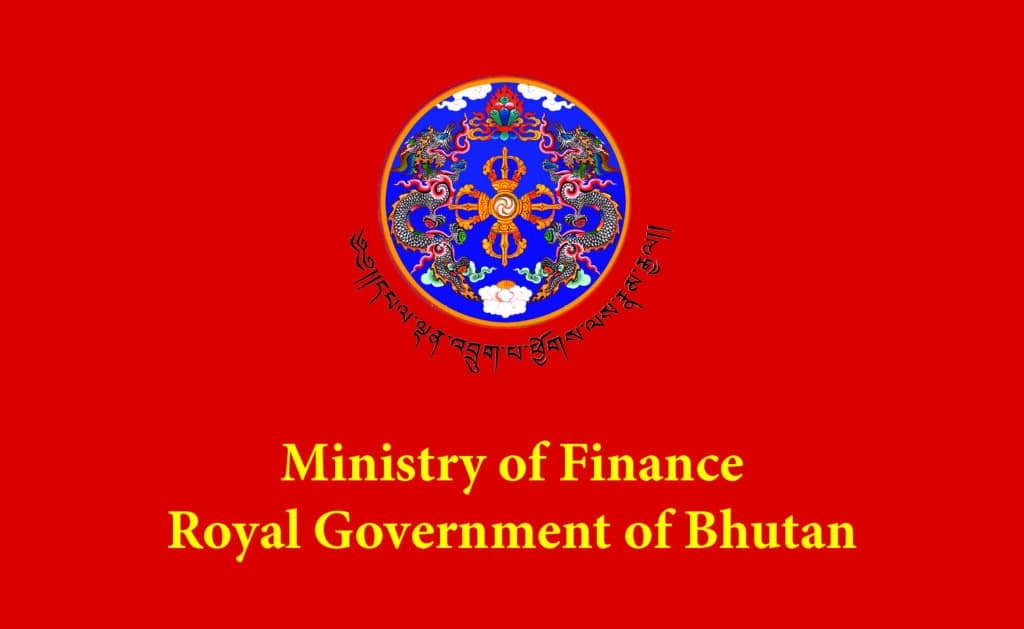A new report by the MoLHR and UNDP presents a portfolio of integrated solutions to tackle youth unemployment
The report, “Addressing the Youth Unemployment Challenge in Bhutan through a Systemic Portfolio-Based Approach” released in Thimphu yesterday, presents gaps within the employment system identified through extensive consultations with youths and other stakeholders.
Based on these pain points, the report proposes a portfolio of integrated solutions to tackle youth unemployment in a holistic, strategic, and collaborative way.
The new report draws insights from the earlier report by the MoLHR and UNDP on systems mapping of youth unemployment released in 2021. The systems mapping exercise established unemployment as a ‘complex’ challenge, impacted by multiple, interconnected factors.
“The economically productive population of Bhutan is challenged by the demands of the emerging job market and economic landscapes. This has resulted in an increasing trend of unemployment, and in particular, youth unemployment,” said Lyonpo Karma Dorji, Minister for Labour and Human Resources.
“While the Ministry of Labour and Human Resources is tasked to create enabling conditions to smooth out the labor market complexities, it is understood that a holistic approach is required to address these complexities. Labor market issues cannot be resolved with siloed approaches targeting only particular points in the web of complexities. Perhaps, this fact has undermined the current interventions of the ministry to regulate and facilitate the labor market effectively.”
Some of the factors and pain points identified are weakening social fabric through increasing divorce rates, preference for civil service, siloed approach of the agencies, social norms and stigma, passive role of youths, narrow social safety net and weak information flow.
Accordingly, the report presents a coordinated suite of interventions that are integrated and complement one another. The proposed interconnected interventions will be catalytic in influencing and impacting different levers of change within the employment space, such as policy reforms, institutional frameworks, and behavior change.
For instance, the report found that youth’s preference for public sector jobs over vocational opportunities cannot be simply tied to youth and their desires. Parents and Bhutanese society at large have a strong influence over youth’s job preference. Therefore, efforts to bring about a shift in the mindsets and attitudes towards vocational jobs must not only target the youth but also parents.
Given the diverse nature of solutions, collaborative efforts of different stakeholders, including the private sector and the civil society, will be crucial for the successful implementation of recommendations.
“The report presents a mix of long-term and short-term interventions for systemic and transformational change. These solutions are critical for creating ‘enabling environments’ to harness the potential of young people. They will also help address the root causes of fixed mindsets on public sector jobs and the view of ‘state as the provider’ of services and solutions,” said UNDP Resident Representative Azusa Kubota.
“Some of the solutions, such as the digital engagement platform, human centric approach to job portal system, entrepreneurship learning management system, technopreneurs meet, have already been experimented and implemented by various agencies in partnership with UNDP. I look forward to seeing more solutions being tested and scaled up. UNDP stands committed to supporting efforts to translate this report into actions and transformational results.”
Another key insight from the report is that the Bhutanese youths are driven by a strong aspiration to give back to the country. This challenges the commonly held views of youth as beneficiaries and calls for concerted efforts to actively engage youth in nation building.
The strategic narrative that guided the report also places youth at the center of efforts to unleash and harness their vast potential for an inclusive, innovative, and dynamic economy. This is critical, now more than ever, as Bhutan responds to and recovers from COVID-19.
The pandemic, with its disproportionate impact on young people, has exacerbated youth unemployment. According to the Labour Force Survey 2020, youth unemployment has doubled in one year from 11.9% in 2019 to 22.6% in 2020.
Led by MoLHR in partnership with UNDP, the report is a collective work of the task team formed with representatives from Gross National Happiness Commission, Ministry of Education and Ministry of Economic Affairs. The UNDP’s Regional Innovation Centre, Bangkok Regional Hub provided technical support.
The report is also informed by valuable inputs received from the Local Government representatives, Civil Society Organizations and other government ministries and department officials.
Yenten Thinley from Thimphu














